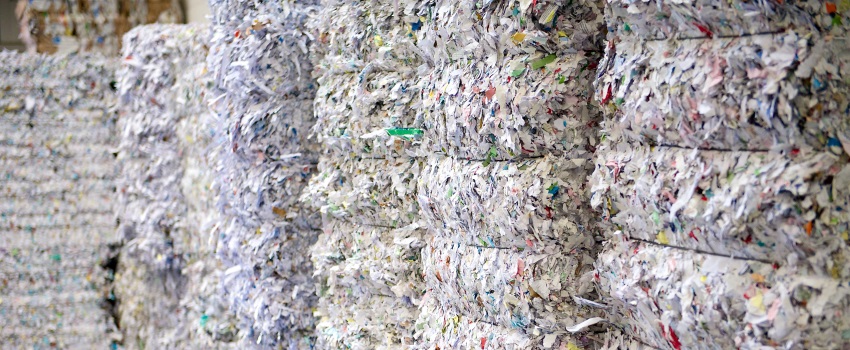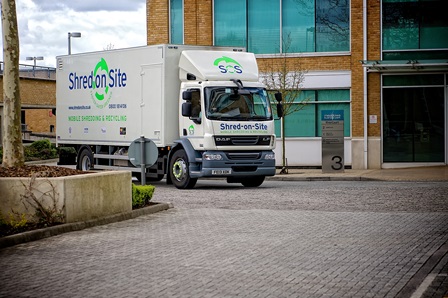4 tips to help your business in Physical Data Management
Physical management is a necessary and important part of any comprehensive data strategy. Risks can be high where physical data is not being carefully managed and the consequences of this range from fines for breach of regulations such as the GDPR to long-lasting reputational damage. Particularly if you’ve invested time and effort in ensuring that your digital information is being properly and securely processed it’s essential to apply this same approach to physical data too.
1. Ensure you can keep track of documents
It may at some point be necessary to show how long you’ve held certain data or to demonstrate a chain of custody. So, it’s essential to have a robust filing or indexing system in place that will instantly provide information on documents in your possession. For example, you should be able to identify when a document was first received, what kind of data it holds and the purpose that is served to the company by collecting the information in it. An efficient and transparent approach is essential for effective physical data management.
2. Take storage security seriously
Documents are often at their most vulnerable when they are no longer in use. Insecure storage systems can lead to devastating thefts and leave your business open to sanctions for failing to take proper steps to make data safe. Lockable storage boxes and filing cabinets could be key to ensuring that your physical data is only accessible to those who are meant to be able to get to it. It may also be essential to consider lockable containers for documents that are about to go through the destruction process too so that there is no point at which the data in those documents could be accessed by anyone who shouldn’t see it.
3. Create a schedule of disposal
Holding on to documents for years with no real reason to do so could quickly get your business into trouble with the Information Commissioner’s Office. It’s now essential to ensure that data in your possession is only there when it needs to be. Creating a schedule of disposal for physical documents and tracking when each one has reached the end of its lifespan is essential. How long you keep each one will depend on the data that it holds.
4. Invest in secure document shredding
For most businesses the only way to ensure that disposal is completely effective and secure is to work with a shredding service. On-site shredding is ideal as documents never leave the premises but are destroyed before anyone with the wrong motives can access them. Lockable consoles provide a secure way to hold documents until scheduled shredding can take place. This not only makes data management much easier but will also ensure that your business is as compliant as possible when it comes to data destruction too.
Physical data management is an essential part of the process of document handling for any organisation today. From a reliable shredding service to effective indexing of physical documents, these are some of the key steps involved.
Get in touch with Shred on Site today by giving us a call on 0800 181 4106 to discuss your requirements or alternatively you can request an online quote here.







